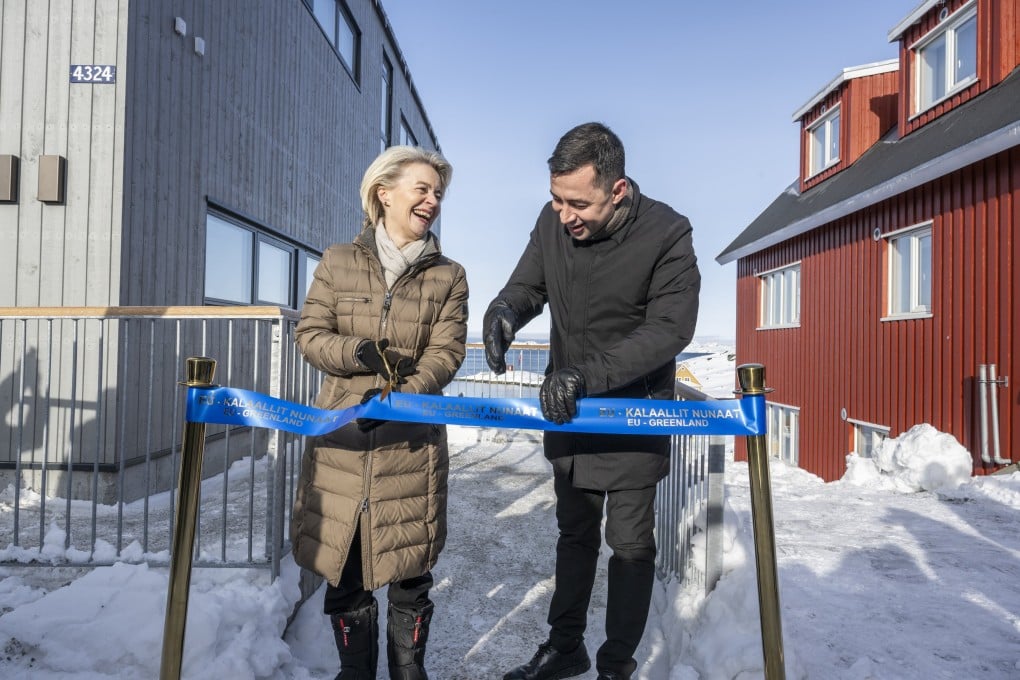Opinion | Europe moves to join China and the US in the Arctic gold rush
- Given growing geopolitical interest in the Arctic Circle, it is no surprise that the EU is raising its profile in Greenland
- The EU is also sealing a raw materials partnership with Greenland in an attempt to reduce Europe’s reliance on China

As the region’s melting ice caps expose unclaimed ocean and land, what has been called a new gold rush has commenced for the Arctic’s territory, natural resources and strategic position. The economic value of this is obvious. However, the geopolitical dimension is also key, given the Arctic’s critical location between North America and Eurasia.
In this context, the 810,000 square-mile Greenland is an increasingly prominent player with huge potential. This is not least as it boasts the world’s northernmost territory off its coast, which is the closest point of land to the North Pole.
In recent decades, Greenland, with a small population of fewer than 60,000, has become a largely autonomous territory of Denmark. These days, Denmark – which is one of 27 European Union states and also a member of Nato, the transatlantic security alliance – retains only control of the island’s monetary policy and foreign relations.
Nonetheless, the United States soon after reopened a consulate on the island in 2020. The United States has had military assets on the island since World War II, including Pituffik Space Base, which was built as Thule Air Base in 1951 and has a ballistic missile early warning system and satellite tracking.
